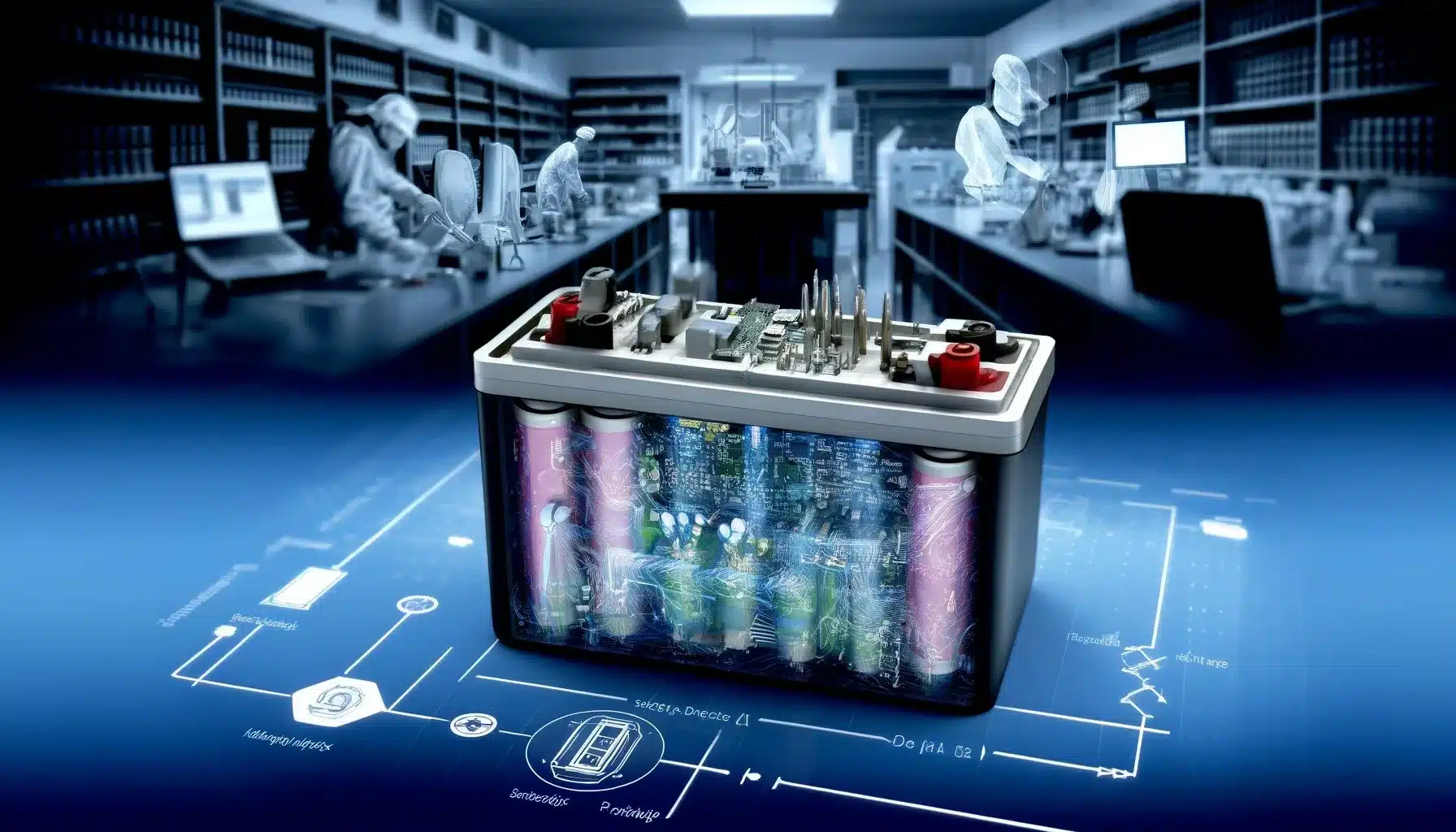
Introduction
Batteries, the powerhouses of modern portable electronics and stationary technology, are critical in driving everything from mobile devices to electric vehicles and large-scale energy storage systems. In such a context, the importance of battery safety circuits cannot be overstated in today’s technology-driven world. As devices become more compact and the demand for portable electronic devices grows, ensuring the safety of the batteries that power these devices is crucial. This article profoundly elucidates the mechanics of battery safety circuits, exploring their importance and discussing how they contribute to the overall safety of electronic systems.
Introduction to Battery Safety: Its Fundamental Purpose
Batteries, particularly lithium-ion batteries, are ubiquitous in devices like smartphones, laptops, and even electric vehicles. While these batteries are efficient and have high energy densities, they can also pose safety risks if not managed properly. Battery safety involves the implementation of robust measures and mechanisms to avoid overheating, leaking, fire, explosion, and other hazardous situations.
The primary focus of battery safety is to ensure that batteries deliver their intended performance while minimising risks to users, equipment, and the environment. They are essential in mitigating these risks by managing the battery’s output and ensuring safe operating conditions.
What are Battery Safety Circuits? Definition and Purpose
Battery safety circuits, also referred to as battery protection circuits or battery management systems (BMS), are protective mechanisms in electronic systems (battery packs) that ensure their longevity and safety. These circuits are designed to monitor and control the charging and discharging of batteries by employing a combination of sensors, control logic, and safety mechanisms. A battery safety circuit safeguards batteries (particularly lithium-ion batteries) against overcharging, over-discharging, short circuits, and other potentially hazardous conditions, ensuring long-lasting and reliable operations.
Key Components of Safety Circuits
The primary components of a battery safety circuit include:
- Voltage Sensors: These regulators monitor the charge and discharge voltages to ensure they remain within safe limits.
- Current Sensors: They are designed to detect and control the current flow, preventing excessive current that can lead to overheating.
- Temperature Sensors: Monitor the battery’s temperature and activate protective measures if abnormal temperatures are detected.
- Control Unit: A main unit that analyses sensor data and takes action when necessary.
- Circuit Breakers and Fuses: These integral components act as physical fail-safes, disconnecting the battery when critical limits are exceeded preventing further damage or hazards.
An Overview of the Popular Types of Safety Circuits
Battery safety circuit comes in various types based on the essential kind of protection, mechanism, and type of protecting device they use. Some of the most common types include:
Protection Circuits
These circuits help prevent overcharging and over-discharging, both of which can harm the battery and potentially lead to dangerous situations. They do this by monitoring the voltage and disconnecting the battery when it reaches unsafe levels.
Thermal Fuses
Thermal fuses cut off the current if the battery temperature exceeds a certain threshold, thus preventing thermal runaway—a phenomenon where an increase in temperature leads to further increases in temperature, often resulting in a hazardous situation.
Current Interrupt Devices (CID)
These mechanical safety devices disconnect the battery when the internal pressure rises to unsafe levels, which can happen during overcharging or malfunction.
Unveiling the Importance of Battery Safety Circuits
Battery safety circuits are not merely additional components; they are essential to the reliable and safe operation of battery-powered devices. The following key reasons determine why these circuits are crucial:
Preventing Battery Failures
Safety circuits play a pivotal role in preventing the types of battery failures that can lead to fires or explosions. By ensuring that all operational parameters are within safe limits, these circuits protect not only the battery itself but also the user and the surrounding environment.
Enhancing Battery Lifespan
Safety circuits significantly contribute to extending the lifespan of batteries by preventing conditions that stress them, such as overcharging and deep discharging. This enhanced longevity not only makes the device more reliable but also reassures the user about the durability of their device, reducing waste and frequent replacements.
Ensuring Device and User Safety
The safety of electronic devices and their users is paramount. Battery malfunctions can significantly reduce device functionality and pose risks of fire and explosion. Safety circuits ensure that batteries operate within safe parameters, thus protecting users and their surroundings from potential harm.
Compliance with Regulations
Many safety standards and regulations mandate the inclusion of safety circuits in battery systems. These circuits are not just a requirement but a critical aspect of compliance with international safety standards. This adherence helps manufacturers feel confident about avoiding legal issues and ensuring uninterrupted market access.
Battery Safety Circuits: Exploring Their Success Stories in Multiple Industries
Battery safety circuits are not just theoretical concepts but crucial components in multiple industries. They have numerous key success stories from different sectors, such as:
- Smartphone Industry – Safety circuits prevent overcharging in consumer electronics, including smartphones, laptops, and tablets. Overcharging can cause lithium-ion batteries to expand and possibly rupture.
- Electric Vehicles – Electric vehicles (EVs) require robust battery safety circuits to manage the large battery packs that power them. Safety circuits in EVs prevent overcharging and thermal runaway and ensure the system is immediately shut down in case of an accident to avoid further complications.
- Energy Storage Systems – Grid-scale energy storage systems utilise safety circuits to manage the charging, discharging, and overall safety of large battery banks, ensuring efficient and safe operation.
- Medical Devices – Battery safety circuits ensure that critical healthcare equipment like pacemakers and portable medical monitors operate reliably without power disruption. This is vital for patient safety, especially in life-supporting devices.
- Aerospace and Defense – Safety circuits in the batteries of drones, satellites, and other aerospace applications play a crucial role in mission success. They prevent catastrophic failures by managing extreme environmental conditions and operational stresses, thus safeguarding critical communications and functionalities.
Challenges and Future Directions of Battery Safety Circuits
While battery safety circuits have significantly improved, challenges remain, such as improving the precision of sensors and the resilience of safety mechanisms under extreme conditions. Future developments include smarter, more integrated circuits that can predict and react to potential safety issues using artificial intelligence algorithms.
Takeaway
Battery safety circuits are a fundamental component of modern battery technology, vital for ensuring the safety, reliability, and longevity of batteries in all sorts of electronic devices. In an era where batteries power everything from smartphones to electric vehicles, investing in robust battery safety circuits is not just prudent—it’s essential for ensuring power with peace of mind. As technology advances, the development of more sophisticated safety circuits will continue to be a critical area of research and innovation, essential for the safe operation of increasingly powerful and complex electronic systems.





















